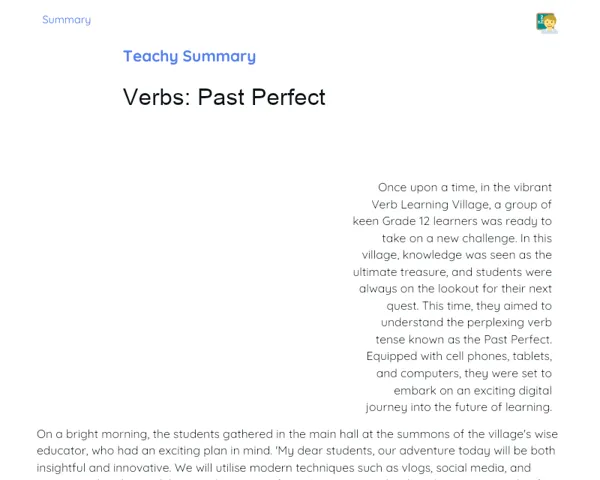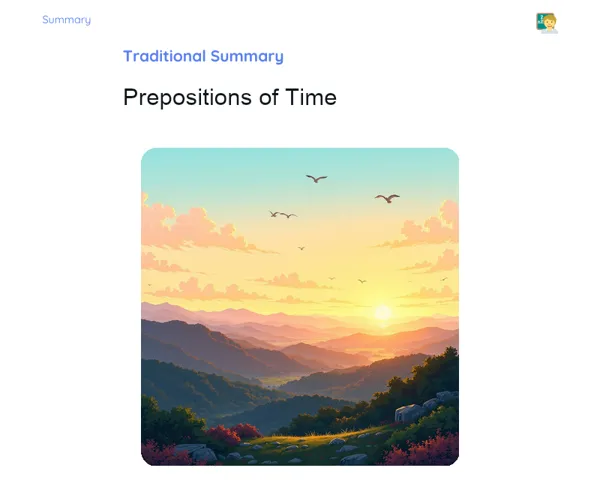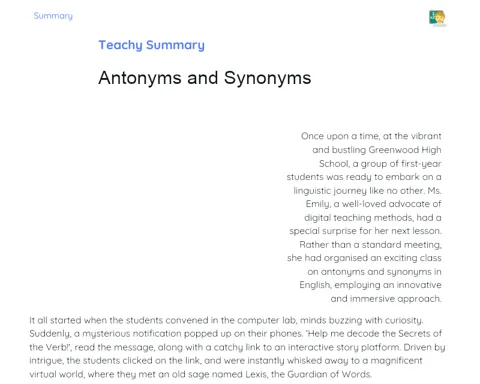Goals
1. Grasp the notion of polysemy in English vocabulary.
2. Acknowledge the significance of context in discerning the meanings of polysemous words.
Contextualization
Picture yourself reading something in English and stumbling upon the word 'bank'. Depending on how it's used, it could refer to a financial institution or the bank of a river. This occurrence, where a single word possesses several meanings, is what we call polysemy. Being aware of polysemy is vital for accurately interpreting written texts and spoken conversations in English, since the meaning hung on the context in which the words are employed. For instance, the term 'run' can signify 'to run' or 'to manage', while 'bright' might imply 'shiny' or 'clever'.
Subject Relevance
To Remember!
Definition of Polysemy
Polysemy is a linguistic occurrence where one word carries multiple meanings. These diverse meanings stem from the context in which the word is applied. Unlike homonymy, which involves different words sharing the same form, polysemy is when the same word adopts various meanings.
-
A single word can have several meanings.
-
Meanings shift according to context.
-
This is different from homonymy, where distinct words have the same form.
Importance of Context in Understanding Words
Context plays a pivotal role in deciphering the meaning of polysemous words. Without the surrounding context, determining which meaning to attribute to a word can be challenging or even unfeasible. The context might come from the sentence, the paragraph, or even the whole text.
-
Context clarifies the meaning of the word.
-
It can be found in a sentence, paragraph, or the entire piece.
-
It’s essential to sidestep misunderstandings.
Common Examples of Polysemous Words
There are quite a few words in English with multiple meanings. For example, 'run' can mean to sprint or to manage, 'set' can refer to a collection or to position something, and 'bright' can denote something shiny or signify intelligence. These examples showcase the prevalence of polysemy in everyday language.
-
'Run': can signify both sprinting and managing.
-
'Set': can refer to a collection or the act of setting.
-
'Bright': can imply something shiny or someone clever.
Practical Applications
-
In advertising, understanding polysemy can enhance the creation of slogans and campaigns that cleverly leverage the different meanings of words to grab the audience's attention.
-
In law, accurate interpretation of wording in contracts and legislation can avert misunderstandings and disputes.
-
In technology, particularly in programming, words with several interpretations can be employed for distinct functions and commands, thus making contextual awareness imperative.
Key Terms
-
Polysemy: A situation where one word has multiple meanings.
-
Context: The surrounding circumstances or information that define how a word is used, critical for its interpretation.
-
Homonymy: A scenario where different words share the same form but have different meanings.
Questions for Reflections
-
In what ways can understanding polysemy aid in everyday communications?
-
What challenges have you faced when interpreting polysemous words without context?
-
How can knowledge of polysemy provide a competitive edge in the job market?
Sentence Creation Challenge: Mastering Polysemy
To cement your understanding of polysemy, you'll be tasked with crafting sentences that utilise polysemous words, showcasing how context affects their meanings.
Instructions
-
Select five polysemous words from the provided list (bank, run, set, bright, etc.).
-
For each chosen word, write two separate sentences that illustrate distinct meanings based on context.
-
Share your sentences with a colleague and discuss how context alters the meaning of each word.
-
Review the sentences shared by your colleague and see if you can discern the various meanings of the words used.



